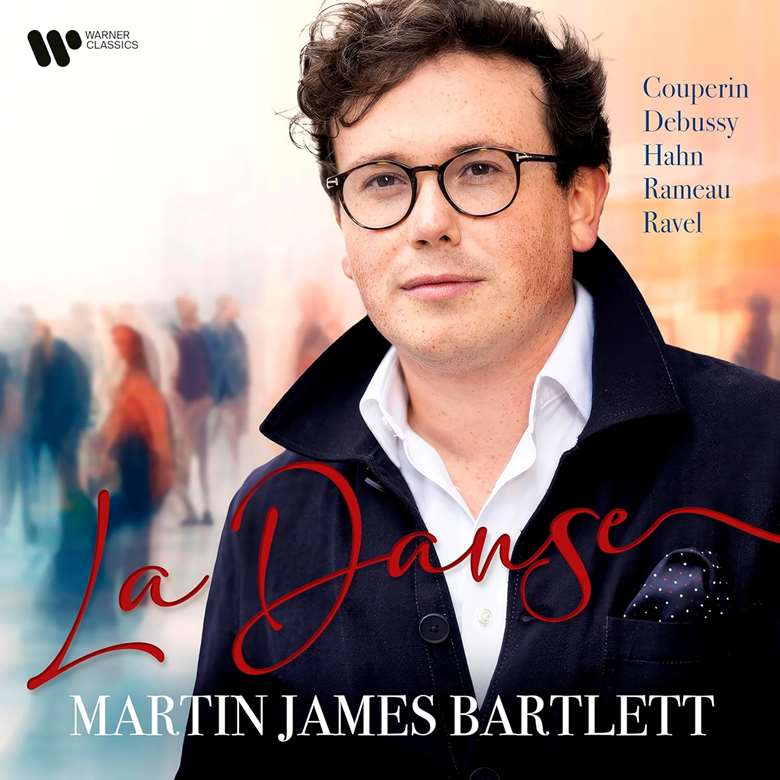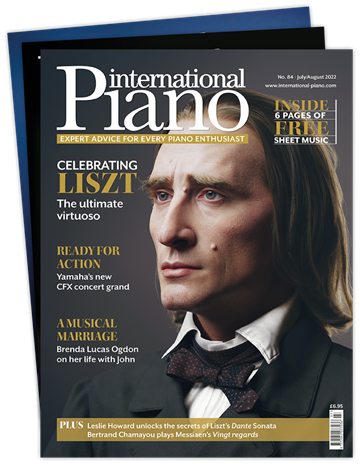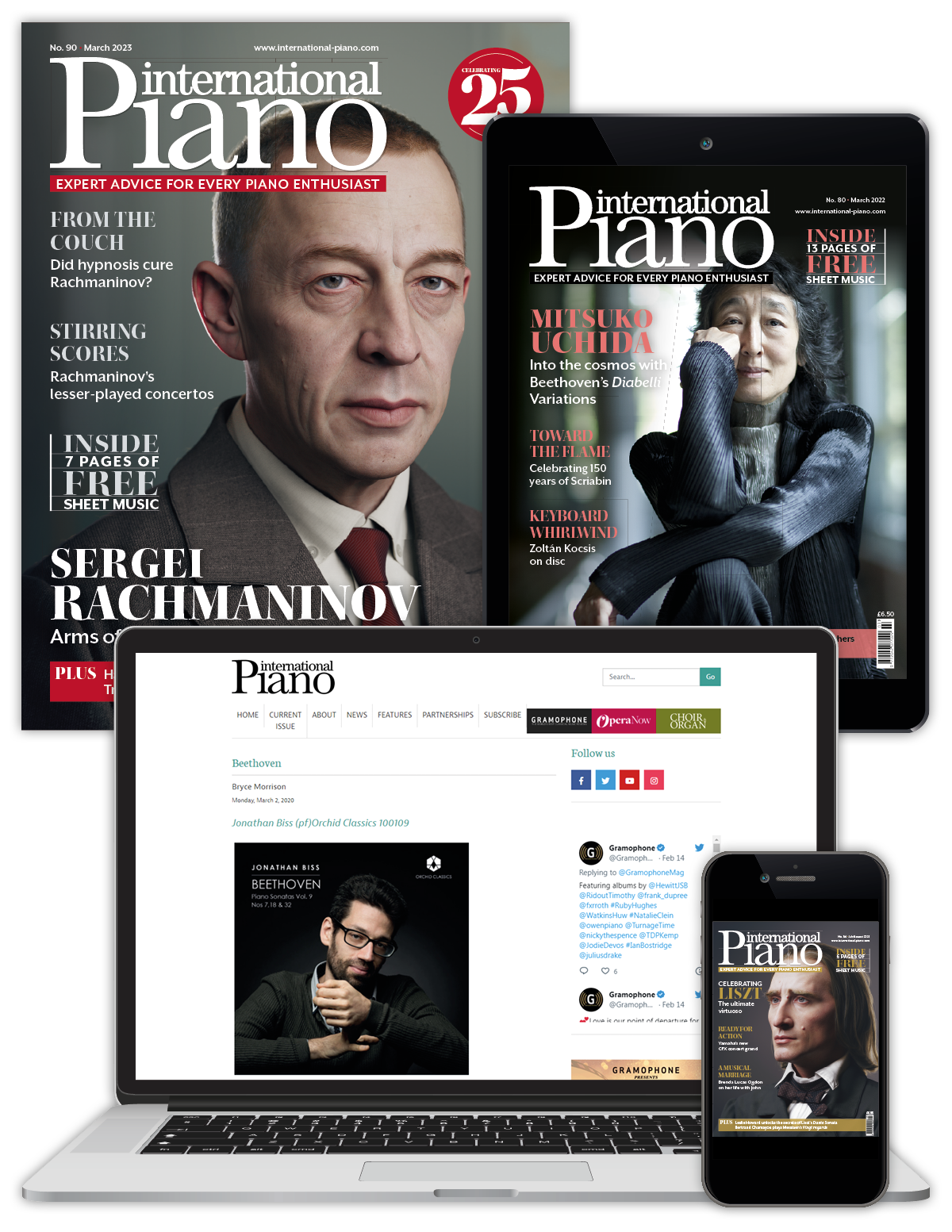‘La Danse’ (Martin James Bartlett)
Jed Distler
Friday, March 8, 2024
One of the most playful sprints through Ravel’s La valse I’ve heard

Register now to continue reading
This article is from International Piano. Register today to enjoy our dedicated coverage of the piano world, including:
- Free access to 3 subscriber-only articles per month
- Unlimited access to International Piano's news pages
- Monthly newsletter







